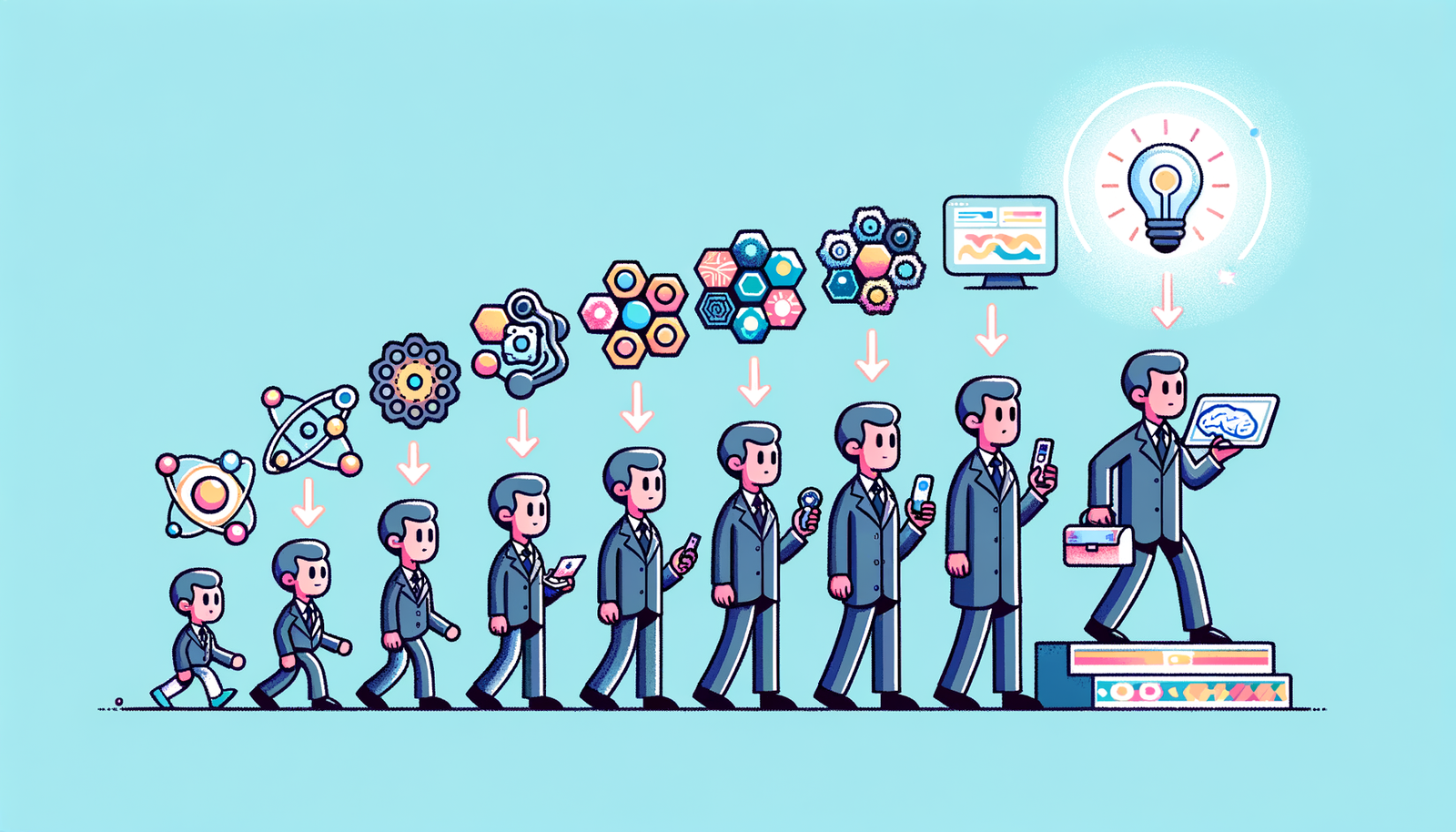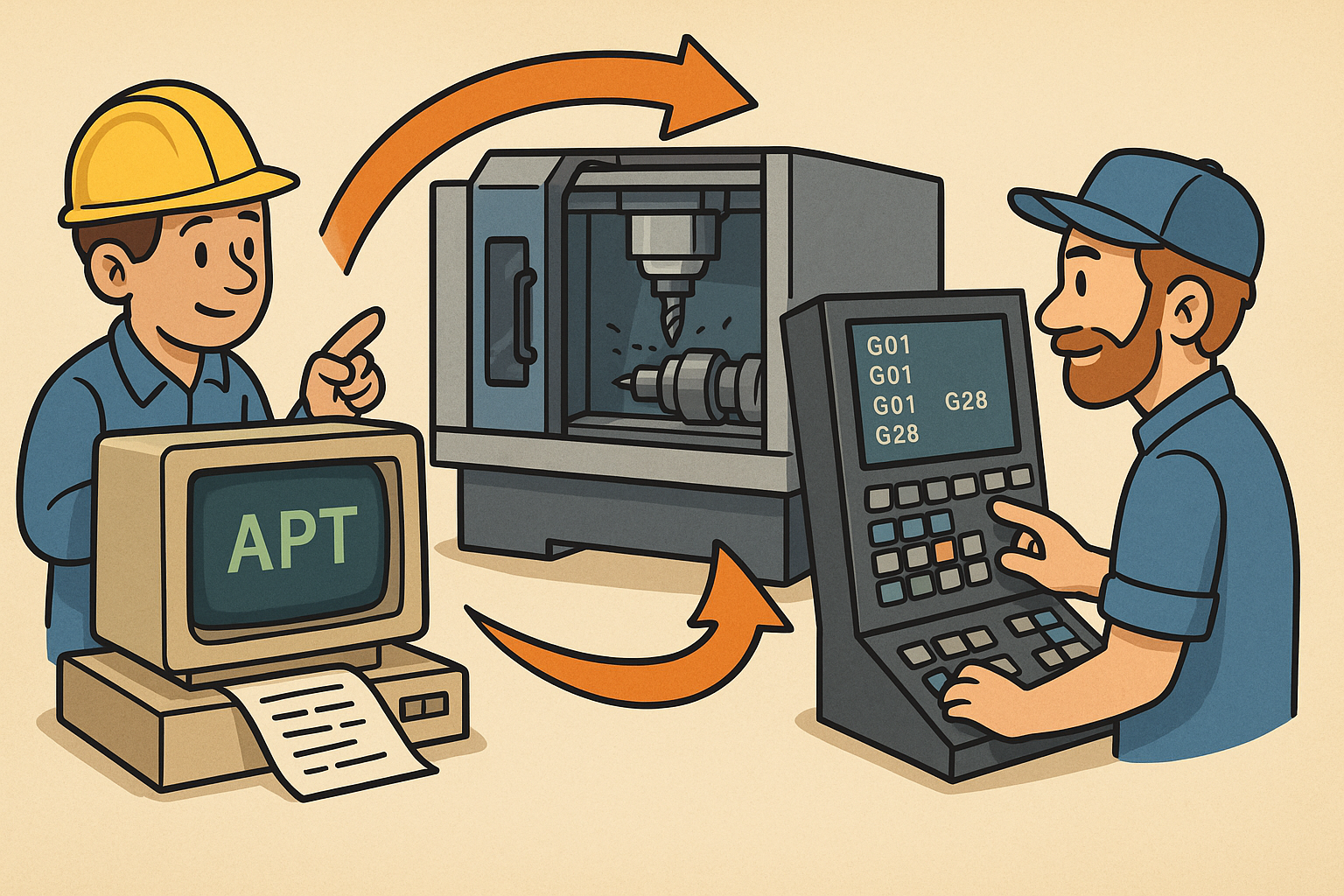Your Cart is Empty
Customer Testimonials
-
"Great customer service. The folks at Novedge were super helpful in navigating a somewhat complicated order including software upgrades and serial numbers in various stages of inactivity. They were friendly and helpful throughout the process.."
Ruben Ruckmark
"Quick & very helpful. We have been using Novedge for years and are very happy with their quick service when we need to make a purchase and excellent support resolving any issues."
Will Woodson
"Scott is the best. He reminds me about subscriptions dates, guides me in the correct direction for updates. He always responds promptly to me. He is literally the reason I continue to work with Novedge and will do so in the future."
Edward Mchugh
"Calvin Lok is “the man”. After my purchase of Sketchup 2021, he called me and provided step-by-step instructions to ease me through difficulties I was having with the setup of my new software."
Mike Borzage
Design Software History: The Evolution of Material Design: Integrating Machine Learning for Advanced Material Discovery
September 22, 2024 4 min read


Introduction to Material Design and Machine Learning
Material design is the process of creating new materials with properties tailored to specific applications. Traditionally, this process involved a combination of experimental methods and theoretical modeling, often requiring extensive trial and error. In various industries, from aerospace to consumer electronics, material design is crucial for enhancing performance, reducing costs, and enabling innovative products.
Machine Learning (ML) is a subset of artificial intelligence that enables systems to learn and improve from experience without being explicitly programmed. Historically, ML technologies have evolved from simple linear regression models to complex neural networks capable of sophisticated pattern recognition and prediction. The integration of ML into material science has revolutionized the field, allowing for the rapid discovery and optimization of materials with desirable properties.
Early Integrations of Machine Learning in Material Science
Initial Research and Development
The integration of machine learning into material science began with pioneering researchers and institutions who recognized the potential of ML to streamline the material design process. Early projects and experiments focused on using predictive algorithms to forecast material properties based on existing data. Key researchers and institutions in this domain include:
- MIT's Department of Materials Science and Engineering, which conducted foundational work in using ML for materials discovery.
- Lawrence Berkeley National Laboratory, known for its efforts in developing ML models to predict the behavior of complex materials.
- IBM Research, which applied ML to accelerate the discovery of new polymers and composites.
Key Milestones
Several milestones have marked the integration of ML into material science:
- The development of predictive algorithms capable of accurately forecasting material properties.
- Early successes, such as the discovery of new alloys with enhanced strength and ductility, and failures that provided valuable learning experiences.
- The significant impact on the speed and efficiency of material discovery, reducing the time required to identify promising candidates from years to months or even weeks.
Modern Applications and Case Studies
Current State of ML in Material Design
Today, machine learning techniques are widely used in material science to analyze vast datasets and uncover patterns that would be difficult or impossible to detect using traditional methods. Contemporary ML techniques in material design include:
- Supervised Learning: Used to predict material properties based on labeled training data.
- Unsupervised Learning: Employed to cluster materials into categories with similar properties, aiding in the identification of new material classes.
- Reinforcement Learning: Applied to optimize material processing conditions, leading to improved performance and cost-efficiency.
Types of materials most impacted by these advancements include metals, polymers, and composites, each benefiting from the ability of ML to model complex relationships between composition, structure, and properties.
Case Studies
Real-world applications of ML in material design span various industries:
- In aerospace, ML has enabled the development of new alloys and composites that offer higher strength-to-weight ratios, enhancing fuel efficiency and performance.
- In the automotive industry, ML-driven material design has led to the creation of lighter, stronger materials that contribute to improved vehicle safety and fuel economy.
- In electronics, ML has facilitated the discovery of new semiconductor materials with superior electrical properties, driving advancements in computing and communication technologies.
Interviews with leading companies and researchers reveal that the use of ML in material development has resulted in breakthroughs that were previously unattainable, showcasing the transformative potential of this technology.
Future Prospects and Challenges
Potential Future Innovations
The future of ML in material design holds exciting possibilities. Emerging trends and new technologies include:
- The use of generative adversarial networks (GANs) to create synthetic datasets that expand the range of materials available for study.
- Integration of quantum computing with ML to solve complex material design problems that are currently intractable.
- Development of autonomous laboratories that use ML algorithms to design and conduct experiments without human intervention, accelerating the pace of discovery.
Predictions for the next decade suggest that ML will continue to drive innovation in material design, leading to the discovery of materials with unprecedented properties and applications.
Challenges and Considerations
Despite the potential of ML in material science, several challenges and considerations must be addressed:
- Technical challenges include the need for large, high-quality datasets and the development of robust algorithms capable of generalizing across diverse material systems.
- Ethical challenges involve ensuring that ML-driven material design does not lead to unintended consequences, such as environmental harm or the exacerbation of resource inequalities.
- Balancing ML-driven design with traditional engineering wisdom is crucial to maintain the reliability and safety of newly developed materials.
Conclusion
In conclusion, the integration of machine learning into material design has fundamentally transformed the field, enabling rapid and efficient discovery of materials with tailored properties. Key milestones in this journey include the development of predictive algorithms, early successes and failures, and the widespread adoption of contemporary ML techniques. Looking to the future, emerging trends and technologies promise to further revolutionize material design, although technical and ethical challenges must be carefully navigated. Overall, the transformative potential of ML in material design holds great promise for advancing technology and improving quality of life across various industries.
Also in Design News

Rhino 3D Tip: Rhino Section — Precise Cut Profiles for Documentation and Fabrication
January 06, 2026 2 min read
Read More
Design Software History: APT to G‑Code Dialects: The Evolution and Persistence of Vendor‑Specific CNC Post‑Processing
January 06, 2026 11 min read
Read More
Real-time CFD for Design Reviews: Progressive Solvers, GPU Pipelines, and Uncertainty-Aware Collaboration
January 06, 2026 12 min read
Read MoreSubscribe
Sign up to get the latest on sales, new releases and more …


